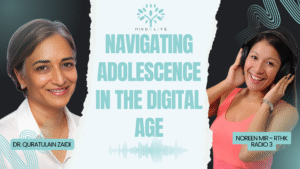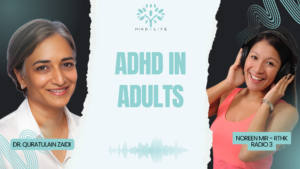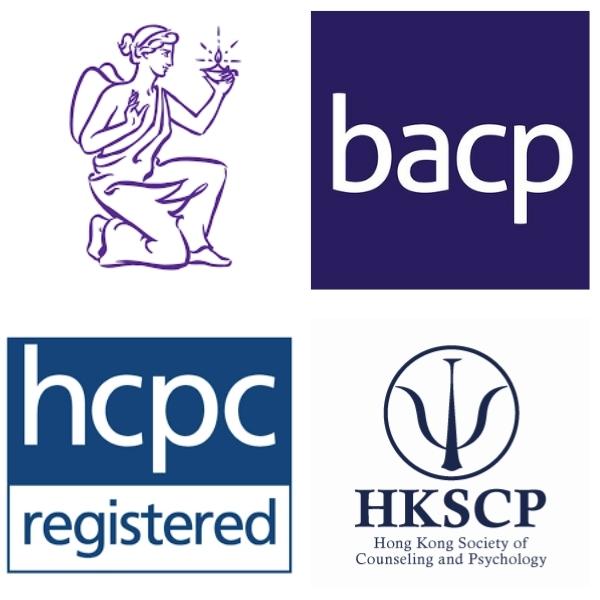Children are vulnerable and can easily be traumatised by various events in their lives. Traumatic experiences can have a profound impact on a child’s development and well-being, leading to a range of symptoms such as mood disorders, anxiety, somatic complaints, and other stress-related problems. Fortunately, there are several therapeutic approaches specifically designed to help children process trauma. One of the most effective and widely used methods is Eye Movement Desensitization and Reprocessing (EMDR).
What is EMDR and how does it work?
EMDR is a form of psychotherapy originally developed for the treatment of post-traumatic stress disorder (PTSD) in adults. However, it has also proven to be highly effective for children with traumatic experiences. EMDR assumes that traumatic memories are not properly processed and become stuck in a child’s memory. These memories can evoke intense emotions, negative beliefs, and physical sensations that hinder the child’s daily functioning. During an EMDR session, the therapist helps the child re-experience the traumatic memory while simultaneously providing distracting stimuli. The distracting stimuli gradually lead to a reduction in the intensity, emotional charge, and vividness of the memory representations (“desensitisation”).
It becomes easier to think about the original event. In many cases, the memory itself also changes, becoming blurrier or smaller, for example. Alternatively, less distressing aspects of the same situation may come to the forefront. It is also possible for new thoughts or insights to spontaneously emerge, providing a different, less threatening meaning to the event. These effects contribute to integrating the shocking experience into the person’s life history, with a shift in the meaning attributed to the experience (e.g., perceiving it as less significant).
Benefits of EMDR for children:
- Symptom Reduction: EMDR can help alleviate symptoms such as anxiety, nightmares, flashbacks, and behavioural problems often associated with traumatic experiences.
- Quick Results: EMDR is generally a short-term therapy. Many children experience relief from their symptoms after just a few sessions.
- Less Intrusive: EMDR does not require children to extensively talk about their traumatic experiences, making it a less intrusive therapy compared to traditional talk therapies.
- Safety and Control: EMDR provides a structured and controlled process, ensuring that the child always maintains a sense of safety and control. The therapist ensures that the child feels secure and comfortable during the sessions.
- Utilisation of Imagination: With young children, EMDR can be adapted using play, drawings, and stories. This makes the therapeutic experience more accessible and understandable for them.
- Long-Term Effects: EMDR focuses not only on reducing short-term symptoms but also on promoting lasting changes. It helps children develop resilience and build positive coping mechanisms.
Traumatic experiences can have a profound impact on a child’s life. EMDR has proven to be an effective and evidence-based method to help children process trauma and restore their emotional well-being. Through EMDR, children can safely process their traumatic memories and bring about positive changes in their lives. It is important for parents and caregivers to be aware of this therapeutic option.
For enquiries or to schedule a session with Louise, please contact us here.
Written by Louise van de Poll, MSc.







